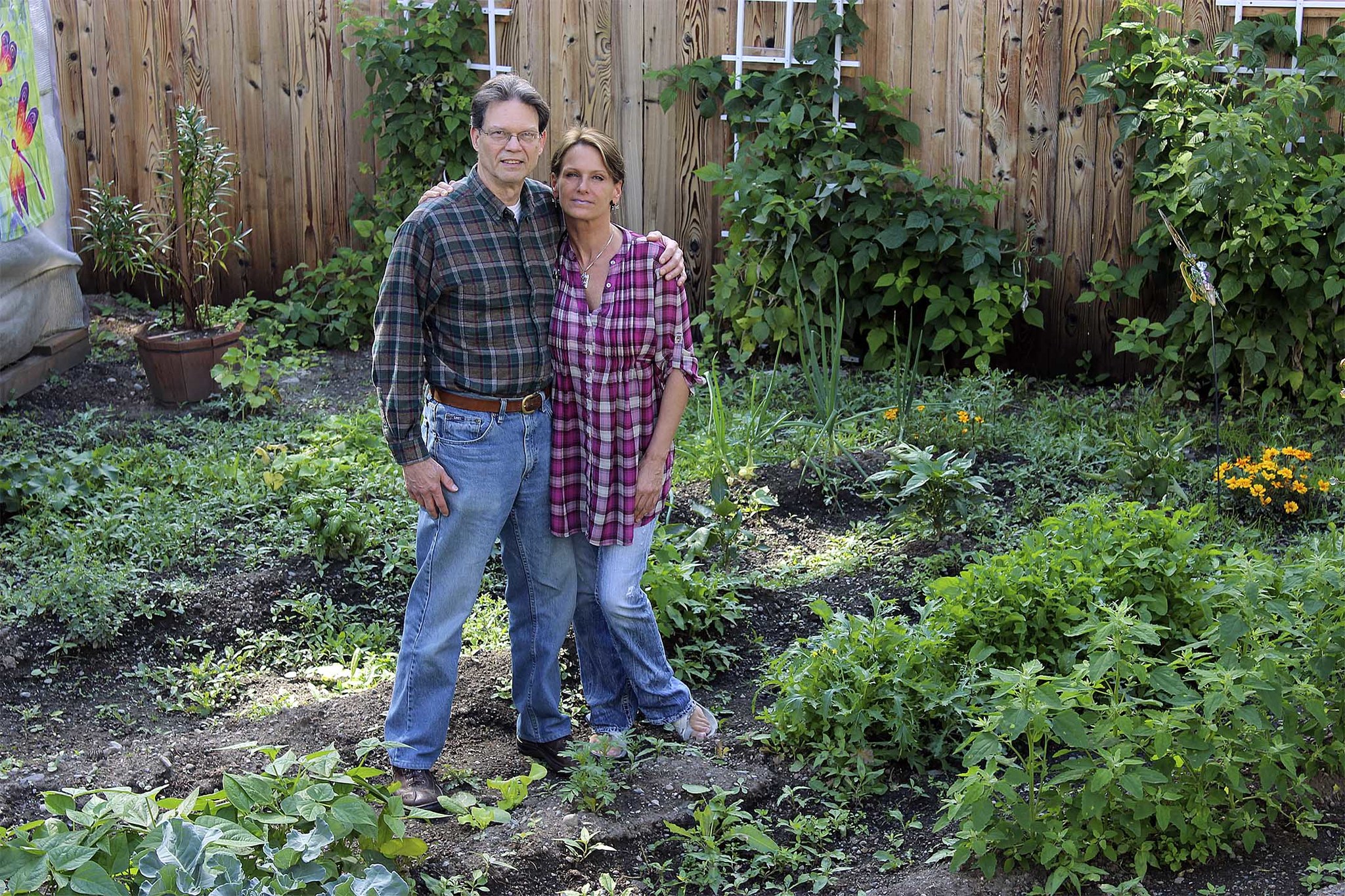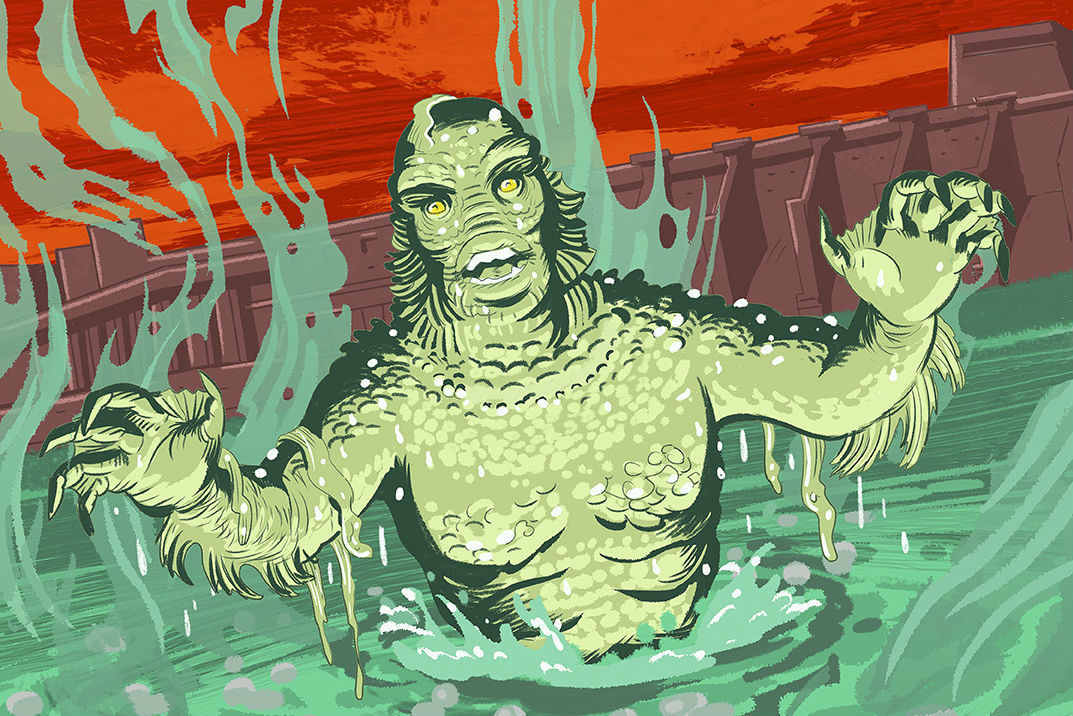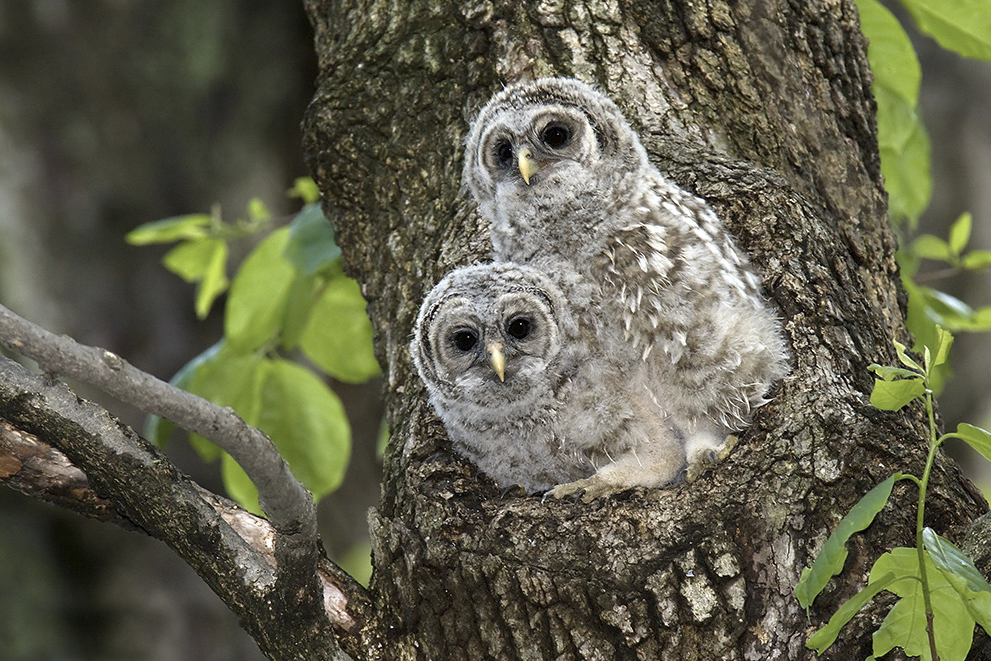On a sunny Ballard porch surrounded by potted sugar-snap peas and other edible plants, Josh Diamond ruminates on what he believes is the impending end of the human species.
“People want to think, ‘If I recycle all of my Coors Light cans produced thousands of miles away, I should be fine,’ ” Diamond says. “But that’s not how it works.”
The 31-year-old self-proclaimed “climate research enthusiast” is part of a small, loosely organized community of people in the Puget Sound area who believe drastic climate change will lead to human extinction in the very near future—within two or three decades.
Diamond, like many others who believe in Near-Term Human Extinction, is an avid follower of Guy McPherson and his Nature Bats Last blog. A professor at the University of Arizona, McPherson proposes that recent and near-future rises in temperature will soon wipe out habitat for Homo sapiens. Habitat loss combined with a myriad of other climate hardships, such as vastly increased methane levels and extensive power-grid failures, will mean the end of man.
Tacoma resident Bud Nye was drawn to Nature Bats Last about three years ago. The 71-year-old immersed himself in McPherson’s writings on self-reinforcing feedback loops, environmental thermodynamics, and accelerating temperature increases. He quickly came to the conclusion that climate change was too far advanced to stop, and beyond our control. “To think we can reverse this is the height of human supremacy,” Nye says. “It’s wishful thinking.”
An active member of Nature Bats Last’s online community, Nye found others in the area who believed the end was near. Like him, they dealt with anxiety and depression over the coming extinction—largely either alone or on online message boards, Nye says, since being a believer in McPherson’s theories often gets one branded as an environmental extremist. “A lot of people think we’re crazy,” Nye says. “It’s like being a pariah.”
In 2014, Nye and a few others formed an Extinction Support Group. The group met once a month in Tacoma and attracted anywhere from seven to 70 attendees. Meetings were broken into two parts, with the first half devoted to permaculture–or self-sustainable agriculture—methods for those who believed localized food sources could help stem the tide of climate issues and thus forestall the coming cataclysm. The second half served as de facto therapy sessions for those trying to process McPherson’s information on the coming of the end.
April Morrow, of Milton, started attending the meetings in 2014. She says that at the beginning she came because she needed help dealing with stress related to human-extinction theories. But by 2015 she was one of the members helping others, which allowed her to “cope,” she says: “The nice thing about ESG is it did provide camaraderie with people who believe in this.”
In 2015, both Nye and Morrow left the ESG as the focus shifted from lending emotional support to fixing or outlasting climate change, primarily through permaculture. The emotional aspect of the meetings also became “very, very depressing,” Morrow says, as talk tended to lean toward “doom and gloom” instead of ways to make the most out of what time we have left.
Diamond, who attended a handful of ESG meetings in 2015, recognizes that “doom and gloom” may be why meetings he’s attempted to host in Seattle have attracted, at most, a handful of people. Still, he tries. “Want to have an Ecocollapse/Industrial Mindf%!& group discussion at my place,” Diamond posted on his Facebook page July 2. “If you think we’re wading in a whole bucket of ecological and societal predicaments and just want to share your feelings on that, this is what this is about.”
He says he received some interest, but no one outside of his partner and a close friend were willing to commit. “I get about 20 likes when I post a photo of a dog, and nothing about this,” he says with a chuckle.
Undeterred, Diamond wants to host ESGs about once a month. He encourages individuals to come to any meetings with an open mind and a knowledge that death will be discussed. Because, like in Kubler-Ross’ model on the five stages of grief, acceptance may be the ultimate end.
“I’ve felt a certain solace in the idea there’s no turning back,” Diamond says while fidgeting in his garden. “It’s mind-blowing and interesting.”
news@seattleweekly.com







